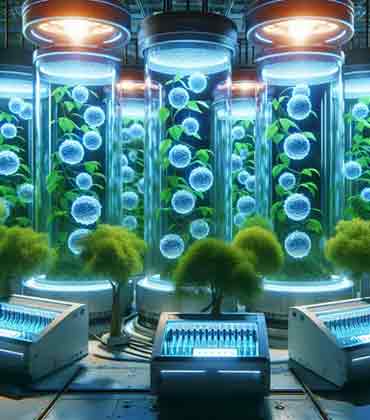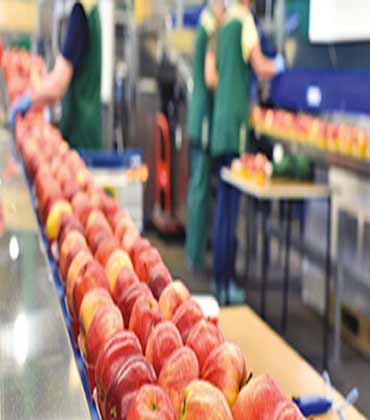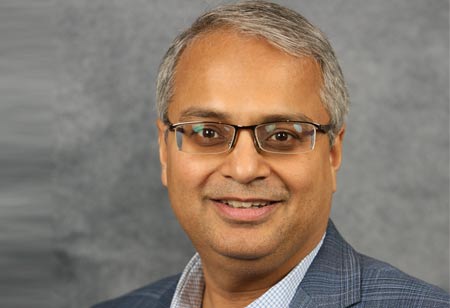THANK YOU FOR SUBSCRIBING
By Todd Jongen, Director Non-Foods Product Development and Packaging Science, US Foods
A Brief History of Carry-Out Food Packaging
By Robert Erhard, Head of Dairy, Corporate Sustainable Agricultural Development, Nestle
Transforming the Food Industry Through a Sustainable...

Technology Opening Doors to Food Safety and Sustainability
Linda Cudjoe, Head of Food Safety and Technical at Harrods

 Linda Cudjoe, Head of Food Safety and Technical at Harrods
Linda Cudjoe, Head of Food Safety and Technical at HarrodsLinda Cudjoe, head of food safety and technical at Harrods, is a visionary biochemist and food scientist with over two decades of experience working with major retailers and manufacturers of chilled and ambient food products in the U.K. Over the years, she has developed multiple technical strategies and led technical teams of various sizes. Cudjoe is also a BRCGS Approved Training Partner for internal and third-party auditing.
In an interview with Food and Beverages Tech Review, Cudjoe sheds light on industry challenges and how organizations can bring food safety and sustainability to the heart of their digital transformation endeavors.
Can you walk me through your roles and responsibilities at Harrods?
As a key member of the senior leadership team for Harrods food division, I lead two teams, food safety and technical. The food safety team is responsible for the safety, legality, quality, and integrity of the in-house products at all 26 restaurants and our underground storage areas and delivery points. The technical team works with manufacturers who manufacture the packaged food products we sell in our food halls. The two teams collectively aim to protect our brand image and ensure we remain a market leader.
What are the challenges in the food and beverage industry?
With product prices increasing, we are facing a global economic crisis that is caused by droughts, fires, and avian flu.
These issues impact the availability of products and lead to shortages, forcing fraudulent and adulterated products to be sold in the market.
We need to ensure that our green belts are sustained to have a continual supply of food for future generations. Sustainable food packaging is also a concern. These can be summarized under food standards in terms of quality and chain of custody maintenance. Waste management is yet another challenge to be addressed.
How is Harrods overcoming the existing industry predicaments?
The core concern remains public health and product safety. The decline in food standards leading to fraud and adulterations affects access to the right quality of food at the right price for consumers. A packaged product, like a bar of chocolate or a pack of biscuits, has information on the ingredients to make customers aware of what they are consuming. However, if this information is wrong due to ingredient substitution, the product might be harmful to consumers who are allergic to the new ingredient. By being mindful of what we sell, we ensure food safety.
“Leveraging technology to understand what we have in control rather than making plausible assumptions is the way forward.”
We stay at the top of supply chains and are updated with a chain of custody to mitigate this risk. In one instance, there was a shortage of free-range eggs after the avian flu outbreak. To this end, businesses imported safe eggs from overseas. By having a clear idea of the source and maintaining safety standards, we can deliver safe and quality products to consumers.
Could you shed light on project initiatives you have been working on lately?
Harrods has marked sustainability one of biggest project initiatives. As far as product management is concerned, we are focused on three pillars. The first pillar is to have the most optimal supply chain in the industry and support suppliers to maintain their competency levels.
While the other is to ensure superior product quality, the last pillar is focused on sustainability. We leverage AI for horizon scanning and conduct isotope testing on products to pinpoint their sources. We are also emphasizing on calculating the carbon credits of products to highlight how importing a safe product is better than growing it in a greenhouse.
We work on sustainable packaging and identify how products are manufactured. It is important to stay cognizant of the volume of water being used during production and its treatment before it flows back into water bodies.
Leveraging technology to understand what we have in control rather than making plausible assumptions is the way forward. We understand policies and manage supplies. We also ensure what we use returns to earth rather than ending up in a trash pile.
What, according to you, are technological trends that would transform the future of the industry?
With digital technologies becoming a hot topic of discussion, AI is slated to take the industry forward. But AI is not necessarily going to replace humans because the food and beverage industry banks on building and maintaining relationships. As it is ultimately humans who key the data into machines, it is human intervention that makes the real difference.
What is your sage advice to fellow peers and aspiring professionals in this field?
Adhere to the basics. Because of technologies like AI, the basic principles of food signs which come down to microbiology and food chemistry, are lost. Newcomers in the field must embrace cutting-edge technology but not at the cost of omitting the bare basics of food preservation based on these scientific concepts.
An effective technical leader understands the world of business and customer needs and commercially merges the two while maintaining food safety. Having a global vision and involvement in cross-functional working and a circumspective view of technical and commercial teams is essential. It all boils down to having that fine line of working with our commercial colleagues to satisfy customers.
Read Also















